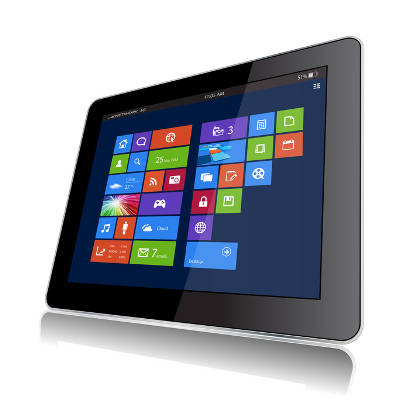Have You Considered What You’re Really Losing When You Lose Your Phone?

Losing a smartphone can be a problem for anyone. For the modern business, it can really cause issues. Mobile devices are notorious for housing a lot of personal information, which makes them extraordinarily dangerous to lose track of. How much is at stake with mobile devices going missing; and, what kind of information is stored on these devices that makes them so dangerous to misplace?
To get started, let’s think about the information that’s being put at risk. Here is a list of information that could possibly be stolen from mobile devices–a surprising amount of data for most users, to say the least.
- Payment information: The applications on your device could potentially be storing credit card numbers or bank routing numbers, which could become problematic if stolen. Hackers could make off with all of your precious, hard-earned cash.
- Passwords and usernames: If you use your device’s web browser, it’s likely that you have passwords and usernames saved on it–even if it’s been done accidentally. These usernames and passwords can be stolen from the device, or used on the device by whoever is accessing it.
- Application data: There are a lot of applications installed on your business’ devices, and these applications store lots of information that a hacker could have a field day with. Even if applications are locked behind a login screen, these accounts can be infiltrated if the login credentials are stored on the device
- Cloud storage: Access to cloud storage is one of the best things about mobile devices, but if you lose one, you’ll be compromising any sensitive data that your account has access to. Any information that’s shared with your device will be accessible by whoever finds your misplaced device.
- Social media accounts: If you have social media applications on your device, it’s likely that you have the password and username saved to the device. This means that anyone who finds your device will have access to your social media accounts, ready to use for whatever vile purposes they want.
- Email: You’d be surprised by how much information you keep hidden in your email inbox. Think what would happen if any of your countless messages was accessed by a hacker who has found your smartphone. Now THAT’s frightening!
- Contacts: You might not think the people you associate yourself with are valuable targets for hackers, but they certainly are. Contact lists for both business and personal use hold a lot of value, as it essentially becomes a list of potential targets to hit with phishing scams.
Keeping all of this in mind is of the utmost importance, especially if you want to make sure your mobile devices don’t become a liability in the event of a loss scenario. To learn more about how you can secure your business’ devices, reach out to us at (317) 705-0333.


